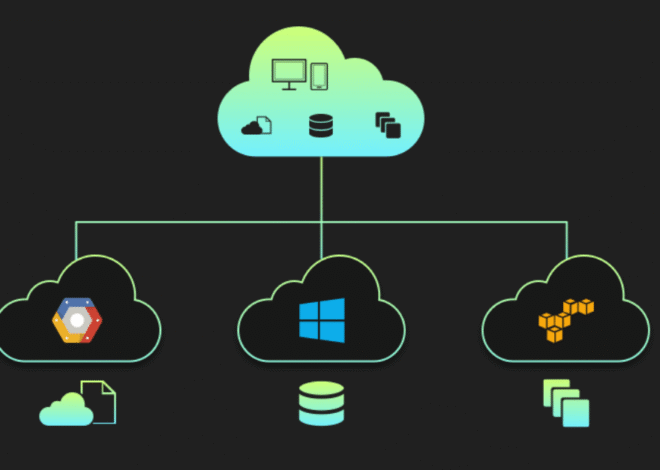
Optimizing Hybrid Cloud Recovery Tactics Through Veeam Solutions
Companies are quickly shifting to hybrid cloud setups so they can handle data on more than one platform. But it is still very hard to preserve and get back data in systems that change all the time. To make sure there is as little downtime as possible and good data resilience, an optimum method is needed. With the help of Veeam, modern technologies and automation are very important for reaching this goal.
Identifying Core Hybrid Cloud Risks
Hybrid situations have their own recovery concerns, such as:
- Data is spread out between local and cloud systems.
- Longer recovery times because of complicated network pathways
- More likely to make mistakes while replicating

Enhancing Recovery with Unified Tools
Centralized technologies can combine on-site and cloud backup data to cut down on recovery time. Adding automation makes responses easier and cuts down on mistakes made by hand. Veeam helps you manage hybrid operations well by making sure that recovery plans work on all platforms. Some important things to do are:
- Making failover and fallback operations automatic
- Regularly testing backups in separate environments
- Using unified dashboards to keep an eye on health and status
These processes guarantee that data can be rapidly and consistently restored, no matter where it is. Automation takes away the guesswork and makes results more predictable.
Building a Reliable Hybrid Recovery Strategy
For hybrid recovery to work, it needs to be clear, simple, and constantly improved. It’s very important to:
- Set clear goals and tasks for recovery.
- Use flexible workflows that operate with both on-premises and cloud configurations.
- As the hybrid environment changes, review and change policies.
To get the most out of recovery in hybrid cloud systems, you need to pay attention to the little things and manage them well. Businesses can be ready for unanticipated problems by dealing with specific risks, using automation, and continually improving their recovery plans.



